
"Resistance" of craft villages
Sustainable settlement, simply put, is the story of ensuring the long-term existence of original values on the basis of maintaining traditional values but still not hindering the need to improve people's quality of life.
The vital factor that challenges the existence of craft villages is the lack of interest of young people in continuing the craft. The most important reason is that the income from traditional craft is not equal to or at least at a relative level compared to the income of popular labor occupations today.
According to experts, traditional craft villages have a unique history of existence and development, but in general, their potential for preservation and development can be assessed through the following criteria: facilities, natural resources, historical relics, raw materials, human resources, technical infrastructure, management policies, cooperation connections and community participation.
The more criteria a craft village community meets, the higher its "resistance" will be in adapting to the development requirements of the times.
Of course, craft villages near major tourist centers like Hoi An will have many advantages if compared with the above criteria. But according to the Quang Nam Tourism Association, not only craft villages in Hoi An, the advantage of many craft villages in Quang Nam is that they converge a number of important criteria that can promote tourism development.
The most common is the possession of historical relics associated with unique natural landscapes. To promote this, it is necessary to have a systematic planning as well as appropriate management policies, promoting connections with partners and customer markets to increase the vitality of craft villages.

Find ways to tie in with economic stimulus
Architect Nguyen Van Nguyen - founder of Thanh Ha Terracotta Park project believes that in order for craft villages to develop sustainably, in addition to the three pillars as currently popular: social sustainability, economic sustainability, environmental sustainability, it is necessary to add a fourth pillar which is sustainability of human resources.
Specifically in the case of Hoi An, sustainable development requires organizing and supplementing functional spaces; organizing points according to residential clusters, service centers; renovating and linking cultural, community, religious, and tourist attractions works and improving the landscape system, maintaining the traditional structure of the village as well as connecting with the city's tourist routes.
Along with architectural space planning, Mr. Nguyen also proposed to digitize data on traditional craft villages. From this digital data, it can be exploited and used to serve the management, research and exchange of experiences in preserving and promoting the value of traditional craft village heritage.
Architect Ngo Viet Nam Son - Chairman of NgoViet Architects & Planners believes that to sustainably preserve the craft village communities as well as their cultural identity, it must be associated with economic promotion.
“Each region has different communities that build different craft villages. In the past, our ancestors developed craft villages to make a living at that time, but in the current context, there needs to be a reasonable solution for young people to access and continue to enhance the value of these craft villages.
The value of craft villages is no longer simply a product serving daily life as before. It is necessary to increase the value of craft villages through tourism or further, we must think of a development strategy so that craft village products are oriented towards industrial production, small-scale industry with high standards that can be exported to bring in a sustainable source of income, only then can we attract the next generation to continue the career of their ancestors," Mr. Ngo Viet Nam Son shared.
In fact, thanks to good management policies, effective external connections and active community participation, many traditional craft villages that were once at risk of extinction have turned around to create new vitality right at home.
The cassava noodle craft village (Que Son) or the Zara brocade weaving village (Nam Giang), through commercialization and industrial production of cassava noodles or becoming souvenirs to serve tourists from near and far with Zara brocade... are typical examples of the above transformation.
Source: https://baoquangnam.vn/dinh-cu-ben-vung-tiep-noi-lang-nghe-3140972.html






![[Photo] Cat Ba - Green island paradise](/_next/image?url=https%3A%2F%2Fvphoto.vietnam.vn%2Fthumb%2F1200x675%2Fvietnam%2Fresource%2FIMAGE%2F2025%2F12%2F04%2F1764821844074_ndo_br_1-dcbthienduongxanh638-jpg.webp&w=3840&q=75)

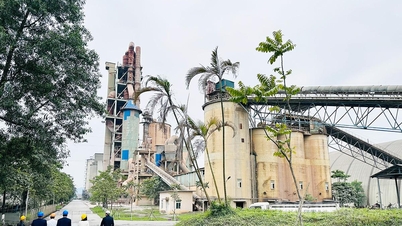

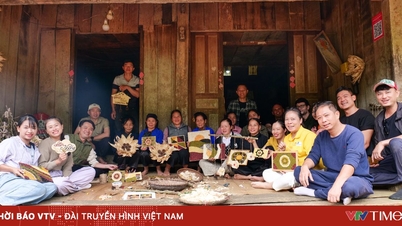





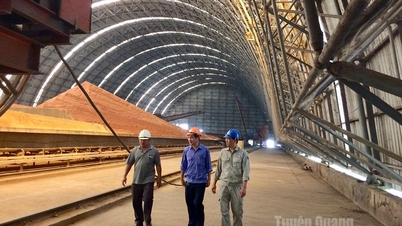


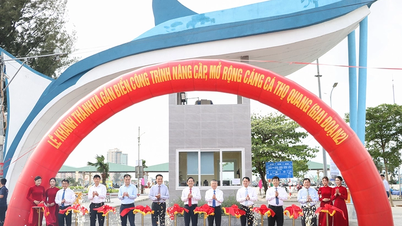













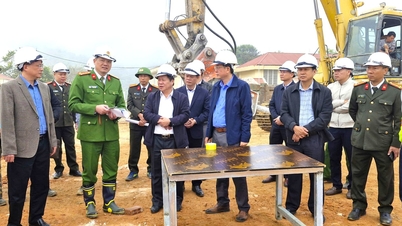

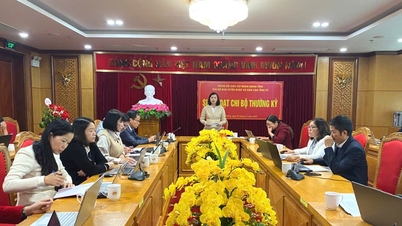






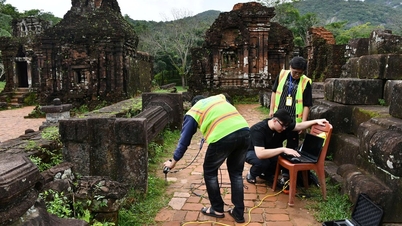

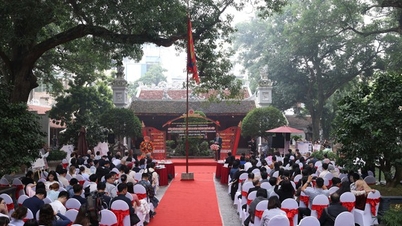













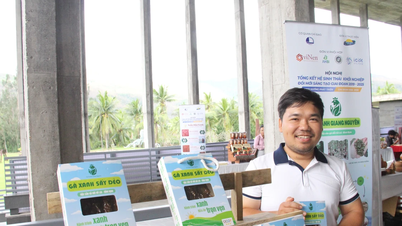




![[VIMC 40 days of lightning speed] Hai Phong Port determined to break through, reaching the target of 2 million TEUs by 2025](https://vphoto.vietnam.vn/thumb/402x226/vietnam/resource/IMAGE/2025/12/04/1764816441820_chp_4-12-25.jpeg)





















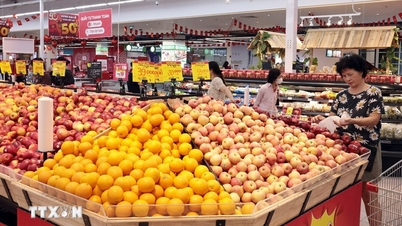



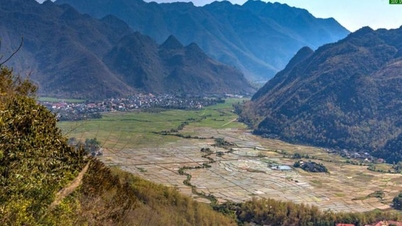










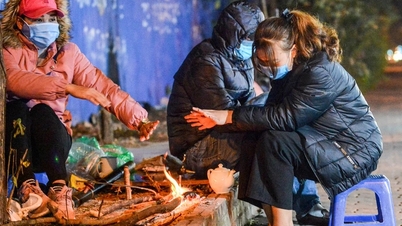
















Comment (0)